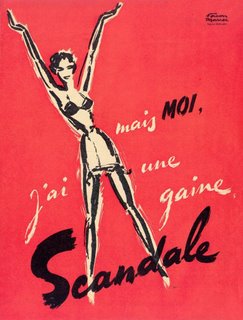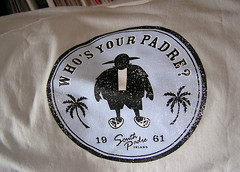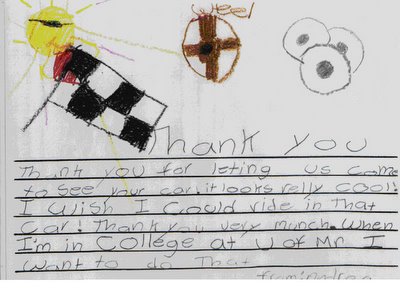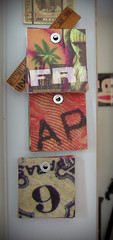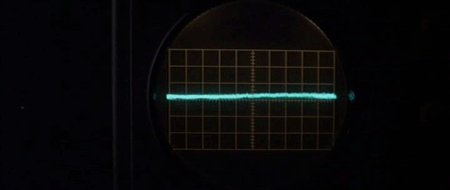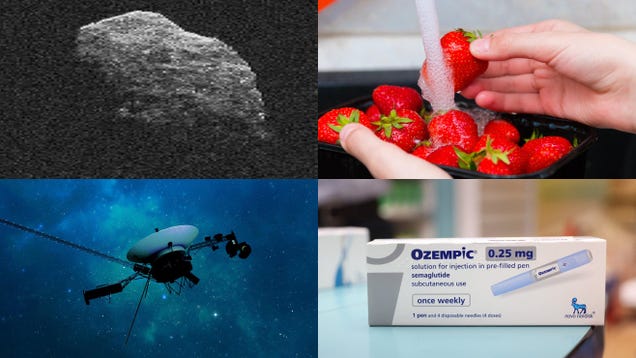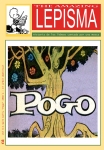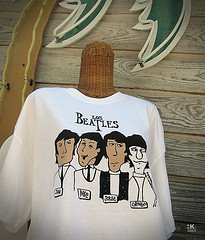
In the spring of 2004, Bill Nygren and Frank Lauraitis took a portable digital audio recorder to a Toronto coffee shop. Settling down with their coffees, they began recording ambient sounds: a cup placed on a saucer, a spoon being stirred inside a mug, the hiss of an espresso machine. Later, in their studio, they recorded the sound of hot coffee being poured into a cup. “Did you know that you can’t use plain water or Coca-Cola?” asked Lauraitis. “People notice because something about the sound is different.”
Sonic brands are the beeps, chimes and voices that are ringing in the new frontier of marketing. Cue the registered earmark. Welcome to the Three-Second Commercial
Founders of Boom Sonic Branding in Toronto, Nygren and Lauraitis were hired by Timothy’s World Coffee, a family-owned gourmet coffee chain with 138 shops across Canada, to create radio spots. These featured the company’s executive chairman, Becky McKinnon, speaking to consumers about her passion for coffee and the Timothy’s experience. It’s a common radio technique, but the two partners landed the gig, in part, because they also promised to create a unique combination of music and sound that would epitomize the Timothy’s brand.
Back in their studio, they mixed their coffee-shop recordings with an acoustic drum kit, finishing with what they refer to as the sonic brand: a three-second rhythmic kicker ending with a satisfied sigh, as though someone has just taken a first sip from a delicious cup of coffee. “That’s meant to go anywhere,” explains Nygren. “You could hear it when you first get to a website or incorporated into any other promotional or advertising application.”
Nygren and Lauraitis didn’t invent the sonic brand, which is best described as an audio trademark. But they’re part of what is becoming the new frontier of marketing. Thanks to everything from TV remotes and TiVos to satellite radios and iPods, consumers have shorter attention spans as well as more control over what they want to see or hear. Multitasking and endless distractions have also eroded the effectiveness of the traditional commercial, once a marketer’s dream. But a three- or four-second sonic brand is insidiously effective and can be absorbed even while channel surfing.
And it’s something that’s turning up everywhere. Think of the distinctive chord you hear as Microsoft Windows boots up. Or the harmonious whirring associated with Germany’s Rowenta vacuum cleaners. Or the satisfying “bing-bing-bing” that lets you know you’ve successfully created an MP3 in iTunes. Then there’s the human voice. CNN built its successful sonic brand around the actor James Earl Jones, whose velvety baritone has become inseparably linked with the news channel.
These unique sound bytes have become part of our aural landscape – and for solid scientific reason. Research into neuroscience reveals that sound reaches both sides of the brain, the rational and the emotional. Marketing experts believe that using music, sound effects and the human voice alone or in combination is a remarkably effective – and perhaps even subversive – way to transcend language and cultural barriers. All of which suggests that sound, more than visuals, has the potential to penetrate people’s psyches, even when they’re not paying attention. As Lisa Lamb, the former head of sonic branding at global marketing company Interbrand Corporation, puts it: “One does not have to listen to hear, whereas one does need to be looking in order to see.”
Ronald E. Millman examined the influence of sound on consumer behaviour in his much-cited 1985 study published in The Journal of Consumer Research. Millman proved that sound in stores affects consumers more than you’d think. With slower music playing, customers shopped longer and spent more. Conversely, in restaurant lineups, patrons were more likely to leave if uptempo music was played.
“When we hear sounds, our brain often takes shortcuts,” explains Adrian North, a specialist in music psychology at the University of Leicester in England. “We’ve found that sound effects have a powerful associative impact. The sound of bubbling test tubes conjures up the image of a mad professor, for example.” And like smell, they can inspire the trusty marketing tool – nostalgia. “By hearing a certain piece of music,” North says, “two people might be transported back 40 years to a rainy Saturday night in a car when they were teenagers.”
Given sound’s profound impact on people, it’s not surprising that jingles – those short jaunty tunes intended to sell products and services – have been around since the early days of marketing in the 1900s. One of the oldest sonic brands is the 1929 three-note chime identifying the NBC radio network. It was also the first audio trademark accepted by the U.S. Patent and Trademark Office. (NBC was luckier than Harley-Davidson, which gave up its bid to register the roar of its V-Twin engine as a trademark after it faced opposition from competitors.) Composer Raymond Scott – said to have coined the term “audio logo” in the 1950s – is considered a pioneer in linking sound to products. In the 1980s, French radio consultant Jean-Pierre Bacelon coined the catchy term “marque sonique” (sonic logo) to refer to a radio spot.
But today, sonic branding is different. A single sonic brand can be applied to many different marketing materials – from television and radio to the Internet – making them more adaptable than their cousins, traditional jingles. (But like jingles, the most successful are instantly recognizable.)
There is a German word, ohrwurm, which literally means “ear worm.” Metaphorically, it refers to sounds that travel through the ear into the brain and become embedded there – precisely the thinking behind sonic branding. One of the best-known examples is Intel’s sequence of five tones (one long tone followed by four quick ones). Created in 1995 by an Austrian composer using several synthesizers, it evolved into the company’s primary branding tool, used in TV, radio, Internet and in-store advertising. Last year, Intel reportedly spent more than $400-million promoting it internationally. This distinctive sound “button” is estimated to play once every five minutes somewhere in the world. Studies have shown it has high recognition value, astonishing when you consider that the company’s products are hidden inside computers. Most of us wouldn’t even recognize Intel’s visual logo or know what a Pentium chip looks like.
Another example of ohrwurm is a tune that was transformed by Nokia. The cellphone giant first used the 19th-century Spanish guitarist Francisco Tárrega song “Gran Vals” in a commercial in the early 1990s. You’ve probably heard it. It’s known as the Nokia tune, the default ring tone on millions of handsets. (Most recently, Nokia has introduced a high-end camera phone with lilting ring tones by Ryuichi Sakamoto, the influential composer of orchestral and popular music.)
To burrow itself into our minds, ohrwurm needs a host, and that host is technology. “Thirty years ago, a person had one television set in their front room and a couple of radios. Today the average household has 10 or 15 different devices that all play sound,” says Daniel Jackson, founding partner of London-based Sonicbrand (the U.K.’s first agency dedicated to the discipline) and author of Sonic Branding: An Introduction.
Jackson is talking about everything: cellphones, gaming consoles, PDAs and more. “Sonic branding could be applied to almost any product as long as it can be done cheaply,” he says. “We were asked to put sound into a tin of beans. I won’t mention the brand, but it cost five to 10 pence to equip it with a little speaker, so that was too expensive for a mass product. My point is, once you’ve wrapped your head around the fact that consumers have ears as well as eyes, it makes sense to direct your branding in that direction as well.”
This experience got Jackson thinking. “I have a Philips tea kettle that beeps when it boils, just like the old ones used to whistle. It’s not a branded sound, but it easily could be.” He pauses, considering the potential money to be made from this idea, then adds, “I guess I should get in touch with Philips…”
Thanks to David Hayes







